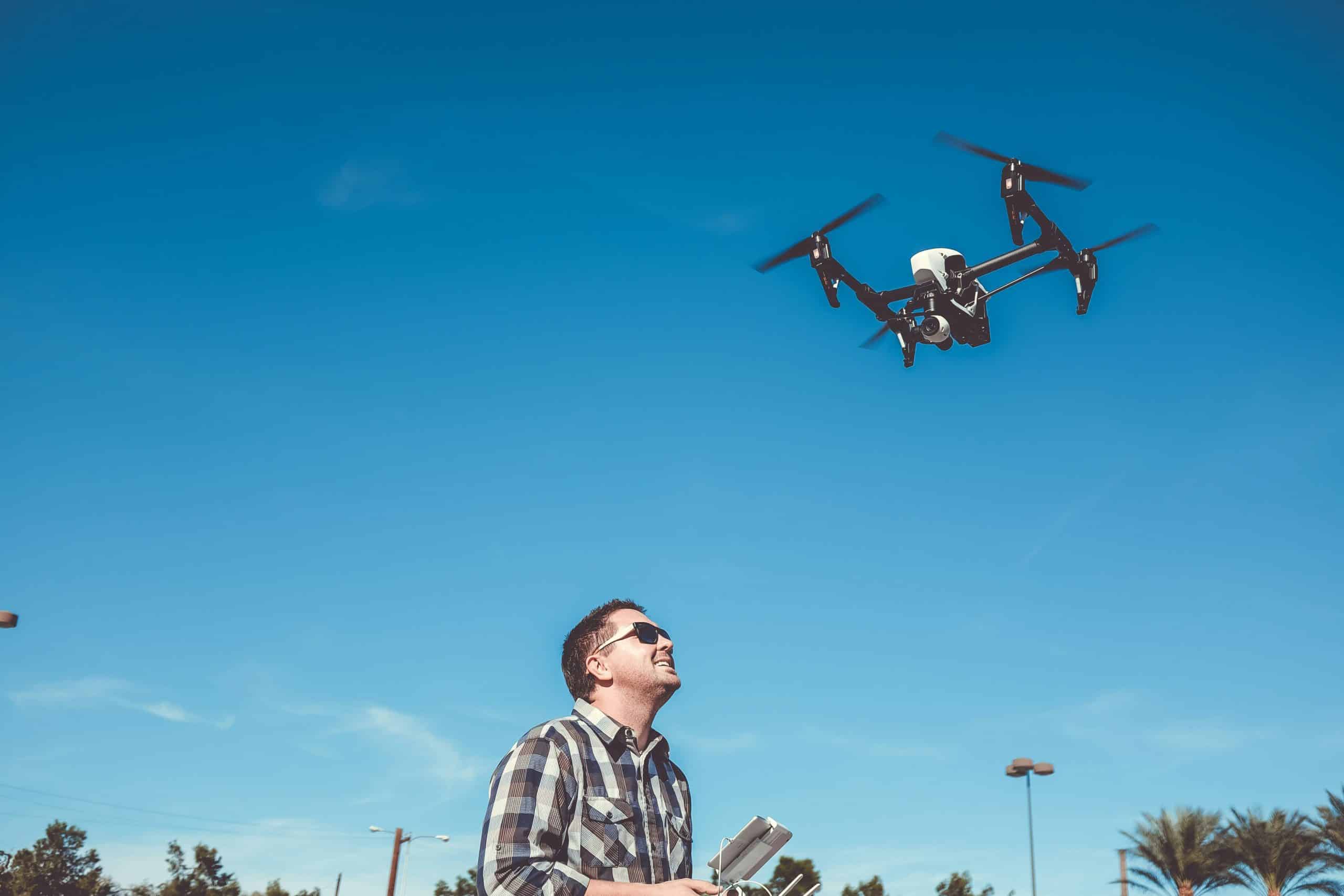In the constantly evolving world of construction, you’ve probably noticed an increase in the usage of drones within the industry. This aerial technology is not only reshaping how projects are visualized and managed but also revolutionizing safety and efficiency on construction sites. So, how exactly are drones making such a significant impact on this sector? Let’s delve into this transformative technology and its applications in construction.
Modernizing Site Surveying and Mapping
Before any construction work can begin, the project site needs to be carefully surveyed and mapped out. Traditionally, this process was time-consuming, labor-intensive, and carried a margin of error. Today, drones are changing the game.
In parallel : How to create impactful communication media with MyImageGPT ?
Drone technology, especially fixed-wing drones, offers a level of precision and speed that was previously unattainable. Equipped with high-resolution cameras and advanced GPS systems, these drones can quickly capture accurate, real-time data from above the construction site. This digital bird’s-eye view provides highly detailed visual information, which can be used to create accurate 3D mapping and terrain models.
Additionally, drones can reach areas that would be difficult or unsafe for a surveyor to access. This ability not only reduces risk but also allows for more comprehensive site surveys. The data collected can be analyzed and used to assist in project planning, design, and execution phases.
This might interest you : What is the potential of AI in wildlife conservation?
Enhancing Project Monitoring and Management
In construction, effectively monitoring and managing the project’s progress is key to ensuring tasks are completed on time and within budget. Traditionally, this required physical site visits, manual tracking, and tedious paperwork. However, drones are significantly simplifying this process.
With their ability to capture real-time data and high-resolution images, drones can provide continuous updates on the status of construction projects. This means you can track progress, identify issues, and make data-driven decisions more rapidly. The information gathered can be shared instantaneously with project stakeholders, enhancing transparency and communication.
Moreover, drones can be programmed to follow a fixed flight path, enabling consistent and repeated monitoring of specific areas. This feature is particularly useful for large construction sites, where manual monitoring could be challenging and time-consuming.
Improving Safety and Compliance
Construction sites can be hazardous environments, with workplace accidents posing a significant concern. Drones are aiding in mitigating these risks, making them invaluable tools in enhancing safety within the industry.
Drones can be utilized to perform safety inspections, identifying potential hazards and ensuring compliance with safety regulations. For instance, they can survey a structure’s integrity, monitor the correct use of safety equipment, or check for dangerous working conditions. This not only reduces the risk of accidents but also aids in maintaining regulatory compliance, potentially saving you from costly fines and litigation.
Furthermore, in the event of an emergency, drones can assist in rescue operations, providing a live aerial view that can guide first responders to the location of the accident.
Driving Efficiency and Cost Savings
Efficiency is crucial in any construction project, and this is another area where drones are making a significant impact. By providing real-time insight into project status, drones enable quicker decision-making and more efficient resource allocation.
Drones also contribute to cost savings in the construction industry. The time and resources saved in site surveying and project monitoring translate into reduced operational costs. Additionally, the improved safety measures can result in lower insurance premiums and less downtime due to accidents.
In conclusion, the integration of drones into the construction industry is not just a passing trend. It is a strategic approach that is reshaping the industry, offering improved safety, increased efficiency, and more effective project management. As drone technology continues to advance, its role in construction is set to become even more prominent.
Reducing Environmental Impact
In the era of environmental consciousness, reducing the carbon footprint of construction projects is a priority for many construction companies. The integration of drone technology in the construction industry is playing a crucial role towards achieving this goal.
When it comes to the initial stages of most construction projects, a lot of heavy machinery is used for land surveying. These machines not only consume a significant amount of fuel but also contribute to air and noise pollution. In contrast, construction drones, especially fixed-wing drones, can cover large areas in less time, and with minimal environmental impact. Their ability to conduct aerial surveys eliminates the need for heavy machinery, thus reducing the project’s carbon footprint.
Moreover, drones equipped with high-resolution cameras and advanced sensors can help construction companies monitor the environmental impact of their projects in real time. They can track activities like soil erosion, water pollution, and air quality, facilitating proactive measures to mitigate these impacts.
Additionally, the data collection capabilities of drones can help in the planning and execution of environmentally friendly construction practices. The detailed data can be used to analyze the most efficient routes for machinery movement, minimizing fuel consumption and unnecessary soil disruption.
Transforming Construction Inspections
Drone construction has revolutionized the way construction inspections are conducted. Conventionally, inspections involve a team of experts physically examining a construction site, which can be time-consuming and potentially hazardous. However, drones have streamlined this process, enhancing the efficiency and safety of site inspections.
High-resolution cameras and thermal imaging systems equipped on drones can capture detailed images of a structure, enabling inspectors to assess the quality of work and identify any potential issues from a safe distance. This method of inspection eliminates the need for inspectors to access risky areas, significantly reducing the potential for accidents.
Moreover, the real-time data provided by drones can expedite the decision-making process in inspections. Any detected issues can be addressed immediately, preventing further complications that could delay the project.
Moreover, as drones can access hard-to-reach areas, they can provide a much more comprehensive inspection than a human ever could. This can result in more accurate assessments, reducing the risk of overlooked defects and ensuring the structural integrity of the construction.
In conclusion, the integration of drones in the construction industry is proving to be a game-changer. Whether it’s the improved safety measures, the significant cost and time savings, the environmental benefits, or the enhanced project management capabilities, drones are undeniably transforming the way construction companies operate. As drone technology continues to evolve and advance, its role in construction can only be expected to expand, making it an invaluable asset in the industry. The sky’s the limit for drones in construction, and the future certainly looks promising.











